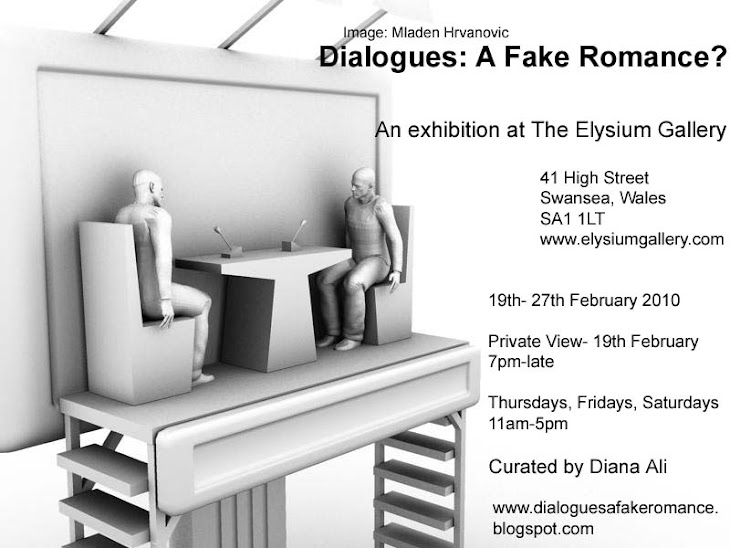
'Awesome!'
193 comments selected from a possible 3547 March – December 2009
‘Awesome!’ consists of 143 selected blog comments from my own Photoblog profile + all 50 comments that contain the word ‘awesome’. The comments are some of the most heart-warming, humorous, thought-provoking or simply bizarre moments from this period. Each comment, taken out of context from its original blog, intensifies in these attributes. Yet together they form an abstract narrative that strangely begins to make a greater sense as the reading progresses. Many lines, themes and threads drift in and out of this narrative and far from the blog-maker gradually building an auto-biography, the commentators unwittingly provide a biographical discourse around the artist.
‘Awesome!’ challenges and explores the conventions and relationships between the artist (blog-maker), the artwork (the blog) and the spectator (commentator). There would be no point in a blogger posting a photograph if there were no-one to view and ultimately respond to it. By adding a comment to the blog, the spectator is participating in the artwork. Conversely, the blogger now becomes the spectator by revisiting the blog and viewing it in its new context. The blogger may then wish to reply to the commentator and thus becomes a respondent to the artwork in its new form. So the artwork, the artist and the spectator are constantly changing and shifting roles. Of course, not all commentators are commentating to the photographs or text provided by the original blog-maker, but to other comments on the blog. Dichotomies arise and the artist has little or no control over these, again raising questions as to who is actually making the art / discourse.
What ‘Awesome!’ provides, are individually selected elements from these blogs and presents them as both a new artwork and idea of these relationships.
The 50 additional comments containing the word ‘awesome’ are a brief look at the way we communicate to each other in this forum. The single word comment ‘awesome’ is sometimes considered to be a ‘throw away’ compliment by someone too busy or lazy to actually think of anything else to write...but is it? Even if that were the case, then is any comment with the word ‘awesome’ in it devalued?
http://www.photoblog.com/tedbarlow/2009/12/20/


















.jpg)







.jpg)


